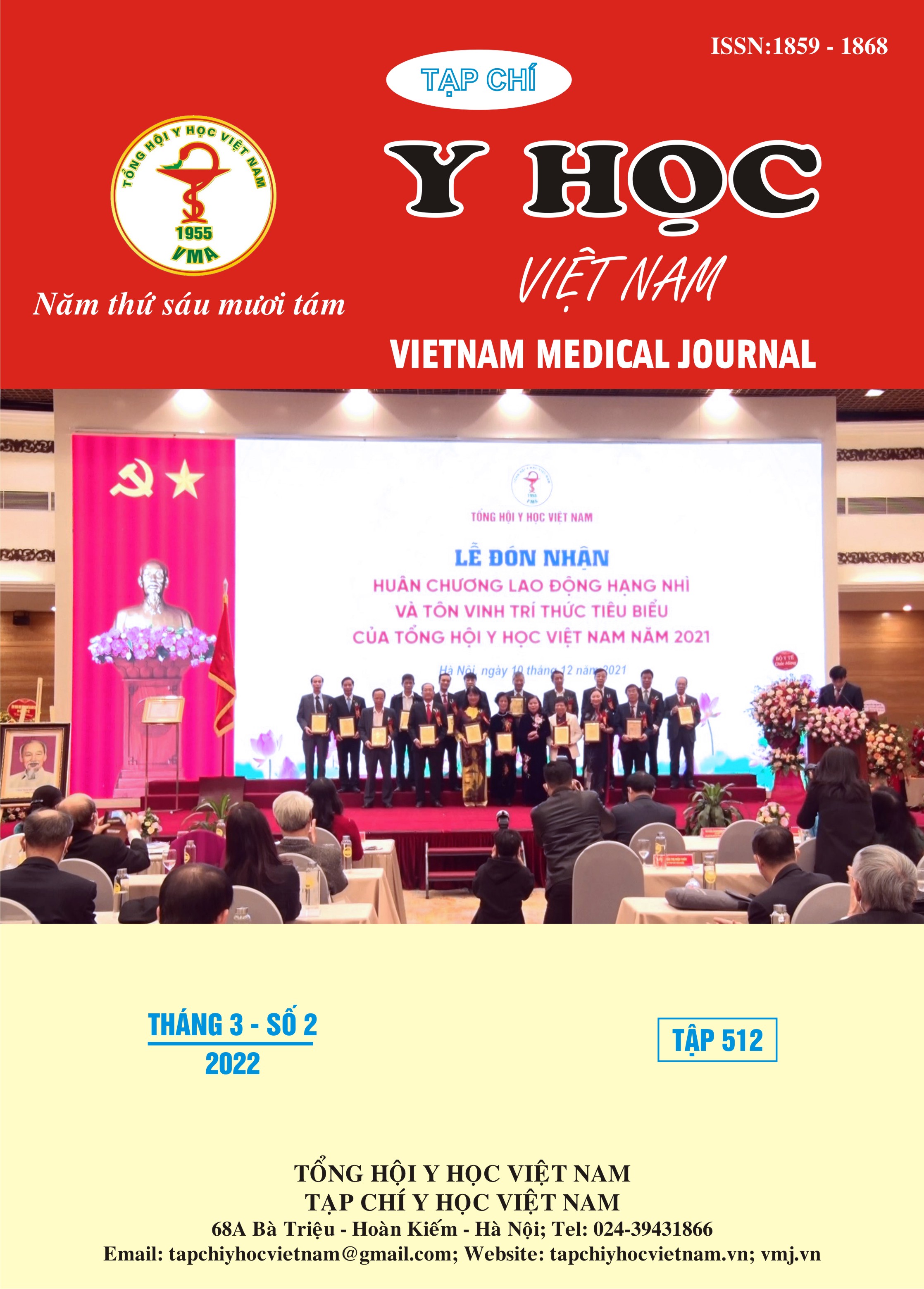CLINICAL CHARACTERISTICS AND COMPUTERIZED TOMOGRAPHY OF CEREBRAL INFARCTION IN PATIENTS WITH CARDIOVASCULAR DISEASE
Main Article Content
Abstract
Background: Cerebral infarction is the most common type of cerebrovascular accident that accounts for 85%, cerebral infarction due to cardiovascular disease accounts for about 15% of the causes of cerebral stroke. For cerebral infarction patients with vascular cardiovascular disease, it is particularly available as the image is richer. Objectives: To describe some clinical features, CT images of cerebral infarction in patients with with cardiovascular disease. Methods: 86 patients were diagnosed with cerebral infarction with inpatient cardiology at the Department of Neurology and the Institute of cardiovascular disease at Bach Mai Hospital from August 2014 to August 2015. Cross-sectional description. Results: The proportion of patients aged 50-70 years with cardiovascular disease accounted for 43%, with the proportion of male patients higher than that of female patients. The average duration of heart disease was 3.64 years. In our study, the majority of patients hospitalized for the first week was 98.8%. Common clinical symptoms were paralysis 89.7%, headache 81.4% and consciousness disorder 57%. 8 patients with nausea accounted for 9.3%. The average hospital stay was 16.38 days. The majority of patients with cerebral infarcts due to cerebral arteries was 73 patients, accounting for 84.9% and 49% respectively. Conclusion: Infarct cerebral infarction is common in 50-70 years patients. Patients with cardiovascular disease usually have a cerebral infarction within 5 years of detecting cardiovascular disease. Patients usually go to hospital during the first week of illness with common symptoms as hemiplegia, headache and mood disorders. And most patients have small cerebral infarctions on CT scan, mostly in the middle cerebral arteries. The duration of treatment is about 2 weeks.
Article Details
Keywords
cerebral infarction, cardiovascular disease
References
2. Lương Tuấn Thoại (2005), “Nghiên cứu một số đặc điểm lâm sàng và cận lâm sàng của tai biến mạch máu não do bệnh van tim”. Luận văn Thạc sĩ Y học, Trường Đại Học Y Hà Nội.
3. Đỗ Minh Chi (2014), “Nghiên cứu các yếu tố tiên lượng trên Bệnh nhân nhồi máu não có rung nhĩ”, Tạp chí Y dược học Việt Nam.
4. Nguyễn Thị Mai Phương (2004), “Nghiên cứu đặc điểm lâm sàng và cận lâm sàng nhồi máu não trên bệnh nhân đái tháo đường”, Luận văn Thạc sĩ Y học, Trường Đại học Y Hà Nội.
5. Cao Cự Điều (1980).“Tắc mạch não do hẹp hai lá”. Luận văn Bác sỹ CKII, Trường Đại Học Y Hà Nội.
6. Patel U. (1996). “Neuroradiology” Cardiogenic embolism. 249-272.


